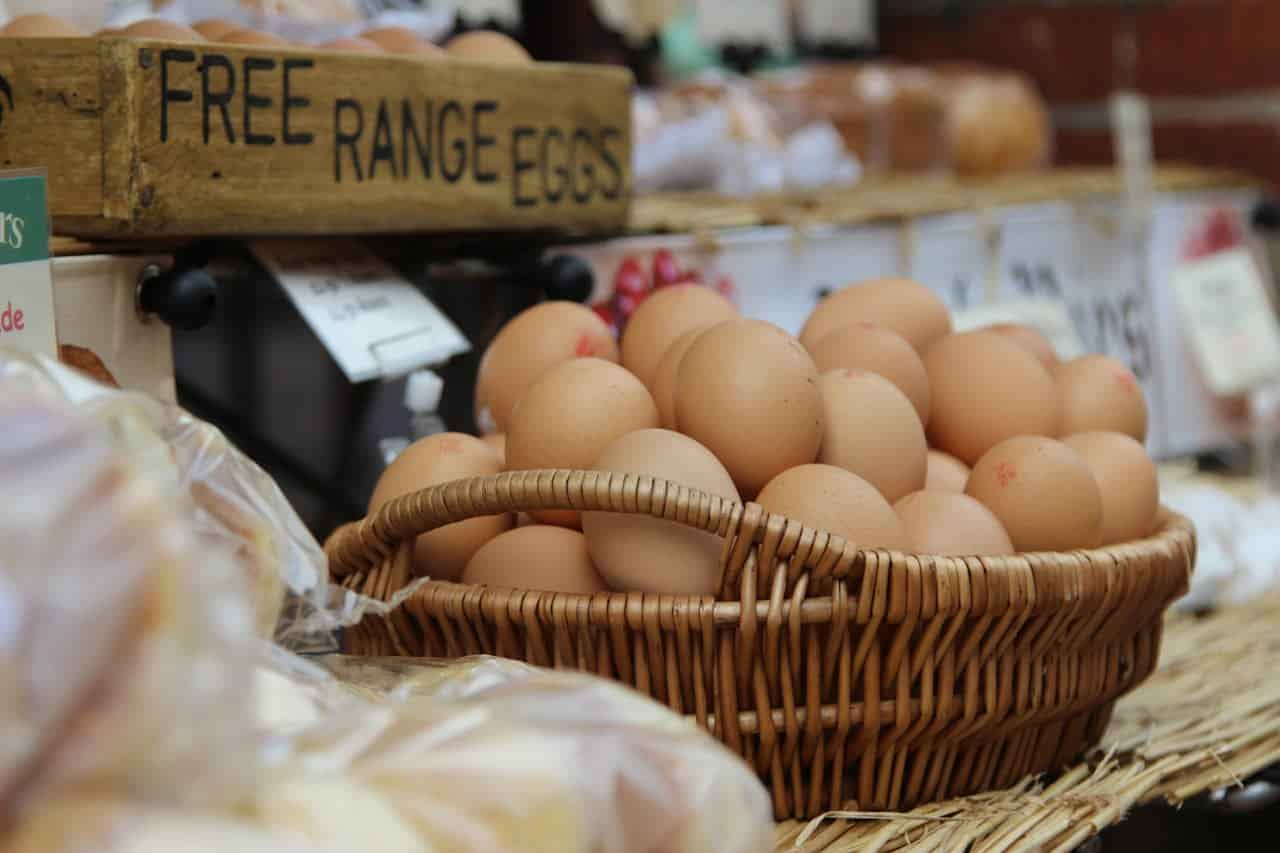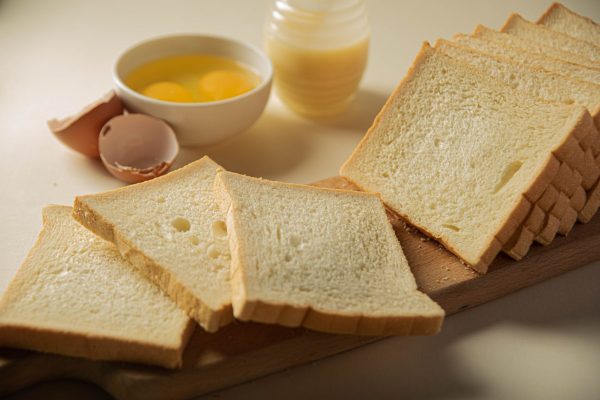Fat loss has long-term and greater health benefits. There are many theories about fat loss, but they are usually based on diet tips that are difficult to follow in everyday life. Most nutritionists’ advice is aimed at those who want to lose fat by following a balanced diet without deprivation or exaggeration.
Weight loss is not related to fat loss. You can lose weight by shedding fluids, which leads to dehydration or simply losing muscle mass; that is not healthy. What matters most is fat. To lose that takes time and requires targeted steps.
Follow the advice below for permanent fat loss and long term health and body benefits.
1. Processed foods
The most frequently asked question is whether we can continue to consume processed foods. The answer is yes, as long as we choose the right processed foods.
What we need to pay attention to in product labels are fats, sugars, trans fats, fructose, and vegetable oils. For example, if a tomato sauce contains 1% sugar, you can use it in cooking. On the contrary, a cookie with 30% sugar is not a healthy choice. Generally, avoid foods with sweeteners, dyes or flavor enhancers.
2. Full-fat yoghurt or yoghurt dessert with 0% fat
The best dietary choice is one that does not contain sugars, even natural sugars, as they create an even greater need for sweets after digestion. On the contrary, a full-fat yoghurt is filling and can sustain you for longer. Fat loss is achieved when the body has a reserve to burn more calories and not just reduce consumption to a minimum.
3. Say yes to dinner
Dinner is allowed and can be rich when it includes the right food choices. A hearty, low-fat dish includes sauteed vegetables such as peppers, mushrooms, and asparagus and protein such as grilled fish or chicken. Alternatively, scrambled eggs with vegetables and a handful of nuts When it comes to dinner, the later you leave it, the worse it can be for your diet. So try to eat dinner between 6 p.m. and 6.30 p.m., with 6.14 p.m. being the best time, according to the study.

4. Coffee without sugar
Coffee is one of the best beverages to drink compared to tea. Coffee has properties that will help boost your memory, improve metabolism that aids in weight loss and most importantly, coffee helps to keep your body fit. Coffee is allowed even when the goal is to lose fat. Just avoid full-fat milk or sugar and prefer natural sweeteners such as stevia. But the best choice is without sugar.
5. Bread between meals
Bread is high in carbs, low in micronutrients, and its gluten and antinutrient contents may cause issues for some people. Still, it’s often enriched with extra nutrients, and whole-grain or sprouted varieties may bestow several health benefits. In moderation, bread can be enjoyed as part of a healthy diet. Nutritionists advise against consuming bread between basic meals, as it increases calorie intake for no reason. Our breakfast, for example, can be a slice of brown bread with avocado and egg or a slice of brown bread with peanut butter for a snack.
6. Sushi or red meat
We often consider sushi or poke bowl to be healthy food choices. Sashimi is low in fat and healthy, but the rolls contain rice with sugars and are consumed with soy sauce that causes fluid retention. A dish with fish or red meat and vegetables instead is the best nutritional combination.
7. How to avoid overdoing it
One weekend is enough to ruin the efforts of an entire week. Of course, you cannot be on a constant diet, but make sure that cheat meals do not exceed 10%, i.e., one to two fatty meals per week are allowed or one meal and one dessert. Cheat meals are any meals made up of foods that will not lead you towards your health or weight-loss goals. The meals are considered a cheat since you are not staying true to your desired eating plan. A cheat meal may not necessarily be made up of what we consider to be unhealthy foods.
Follow the tips above and you will soon see the difference in your waistline!

















